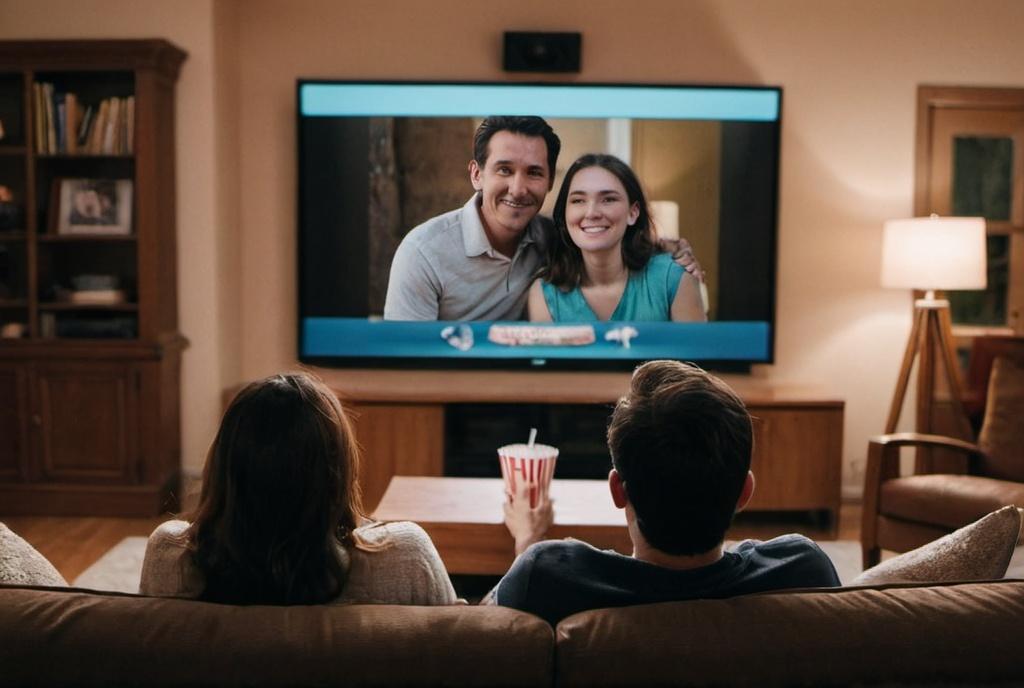
Key Take Aways About color theory in filmmaking
- Color is a crucial storytelling tool in filmmaking, impacting audience perception.
- Color palette choices involve costs but can enhance narrative and boost sales.
- Investors should assess a film’s color strategy for genre and mood alignment.
- Color influences audience emotions, similar to consumer packaging in retail.
- Strategic color use can secure funding by boosting a film’s marketability.
- Case Study: “Schindler’s List” demonstrates impactful selective color use.
- Understanding color theory is pivotal for filmmaking and investment success.

Color Theory in Filmmaking: A Financial Perspective
Filmmaking goes beyond just pointing a camera and calling it a day. It’s an intricate dance of elements that all need to fall in line to capture the audience’s attention and emotions. One important factor that’s often overlooked or taken for granted is color. Now, let’s not get too artsy-fartsy here; we’re not going to wax poetic on how blue represents sadness or any of that highbrow chatter. Instead, let’s think about why color matters in terms of cold, hard cash.
The Role of Color
In the film biz, color isn’t just decorative dressing. It’s a tool, like a prop or a location. It colors the story, pun intended, and impacts how audiences perceive and feel about the narrative.
Take ‘The Matrix’ for example. The use of green hues in the matrix world wasn’t accidental. It served a very practical purpose: distinguishing the fabricated reality from the real world. The color green was linked to pre-digital coding, making it resonate with tech-savvy audiences without the need for a single line of code being flashed.
Color Palette Choice: The Bucks Stop Here
Every choice in filmmaking has a price tag. Deciding on a particular color palette is no exception. Color grading, which is the process of altering and enhancing the color of a motion picture, can be an expensive stage. But a well-thought-out color strategy can pay off. Movies like ‘Mad Max: Fury Road’ and ‘La La Land’ hit the sweet spot with their use of color to not only catch the eye but to amplify the narrative, drawing audiences and thus boosting ticket sales.
Investing in Color
So, you’re thinking of investing in film. You wouldn’t chuck your money at a project without doing your homework, right? Just like you wouldn’t invest in a company without looking at its financials. It’s crucial to understand the film’s color strategy. If the director is planning a full noir look but the film is a romantic comedy, some wires have been crossed. The color choice needs to resonate with the genre and the mood of the film. Anything else, and you’re looking at a film that’s setting up to flop.
The Science Behind Color
Let’s break it down to something even more relatable: ever gone shopping and found yourself more attracted to products in a particular color packaging? Retail uses color scientifically to drive sales. Filmmaking does the same. The audience doesn’t know it, but they’re subtly being conditioned with colors. That could mean the difference between a blockbuster and a box office blunder.
The Credit Angle: Funding and Support
Getting credit and funding for films is a grind. Yet, a well-articulated plan on the film’s use of color can elevate a pitch to investors or studios. When you’re trying to siphon off funds from folks who’d rather count their pennies, presenting a coherent, strategic vision of how color enhances the film’s marketability can be the deciding factor.
Production designers work hand in glove with directors and cinematographers to craft a look that stays on budget while delivering that cinematic punch. Sometimes it’s the decision to use muted colors for budget reasons or to splurge on vivid hues that aligns the visual style with the narrative and marketing.
Case Study: “Schindler’s List”
For a practical rundown, look at “Schindler’s List.” The film’s use of black and white sets a solemn tone, with one exception: the girl in the red coat. That singular splash of color plays a significant role both emotionally and symbolically, drawing audience focus and emotional investment. It also serves as a conversation starter, sustaining the film’s impact in the cultural and financial milieu. It’s a prime example that sometimes less is more, and the selective use of color can be just as powerful as a full spectrum.
Moral of the Story
So, what’s the take-away? Color is more than just window dressing in films. It’s a narrative force multiplier and a financial lever. Whether you’re a filmmaker planning your next killer flick or an investor looking for the next big thing, understanding color theory is not just smart; it’s savvy. Always remember, when the credits roll, it’s not just the actors they’re thanking—sometimes, they’re tipping their hats to the right shade of blue.



